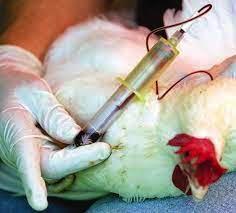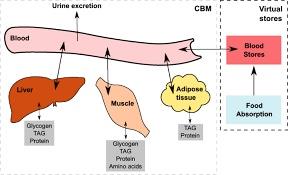A recent posting by a representative of a major supplier of micronutrients to the feed industry recently promoted “blood biomarkers to detect potential performance and health challenges.” The lack of substance and specifics in the article is a hallmark of flim-flammery especially when the current buzzwords ‘artificial intelligence’ and ‘machine learning’ are invoked. Obviously collection and interpretation of production data is critical to understanding and analyzing deviations from standard flock performance. These can be attributed to ingredient quality, climate, exposure to pathogens or deviations from acceptable management.

Blood values do not necessarily reflect the rate of metabolic processes or tissue composition. This was the basic flaw of the concept on which Theranos was based. The Company non-technology claimed to be able to monitor dozens of parameters with a single drop of capillary blood. A dubious presumption at the outset but believed by ill-informed and avaricious venture capital and private investors
If the article claiming that nutritional status can be monitored by analysis of blood samples was specific with respect to individual values and supported by scientific substantiation, the premise would have been be more impressive. Why select blood? Because it’s easy to obtain and easy to ship to a laboratory? For most metabolites, liver, muscle or bone tissue specimens would be more reflective of nutritional adequacy.
The article notes “blood biomarkers can predict when indicators of issues start to appear in a flock” as a breakthrough. We have been applying serology for decades to monitor antibody status including a determination of flock susceptibility and response to vaccination.
 Consistently, companies generate “systems” claimed to monitor and predict performance without adequate scientific validation. Their hallmark is a lack of specificity involving a clear relationship between the variable and outcome. By adding the superfluous "buzzword" claims for ‘artificial intelligence’ and ‘machine learning’, it is questioned whether the touted concept is not another iteration of an ongoing succession of “great new things” to promote existing or newly developed products.
Consistently, companies generate “systems” claimed to monitor and predict performance without adequate scientific validation. Their hallmark is a lack of specificity involving a clear relationship between the variable and outcome. By adding the superfluous "buzzword" claims for ‘artificial intelligence’ and ‘machine learning’, it is questioned whether the touted concept is not another iteration of an ongoing succession of “great new things” to promote existing or newly developed products.